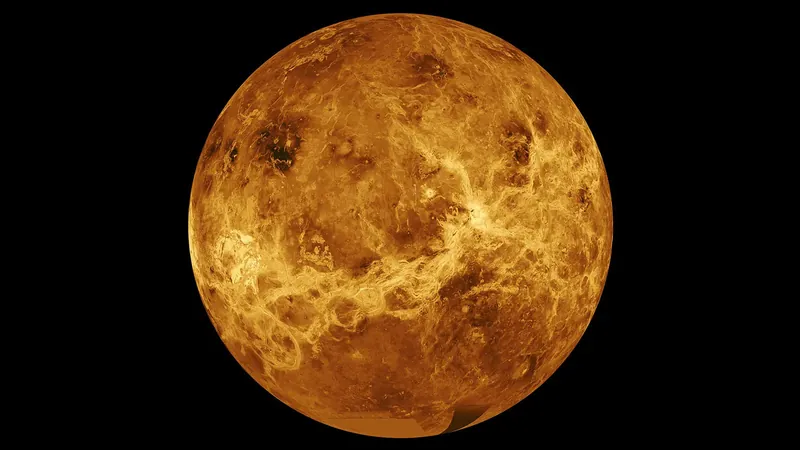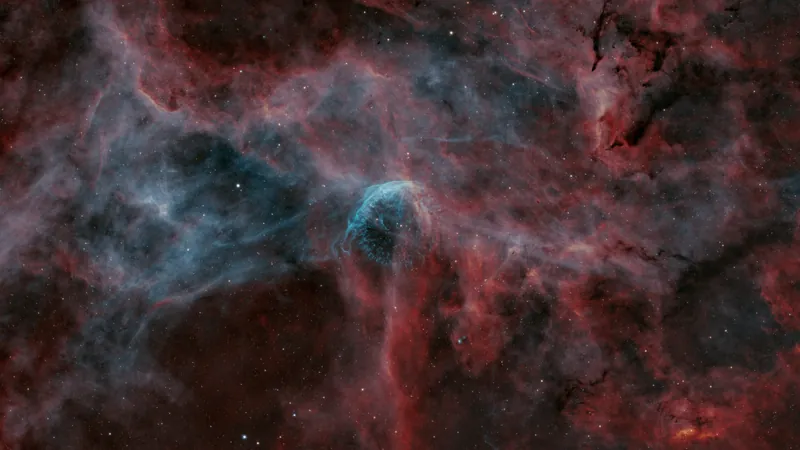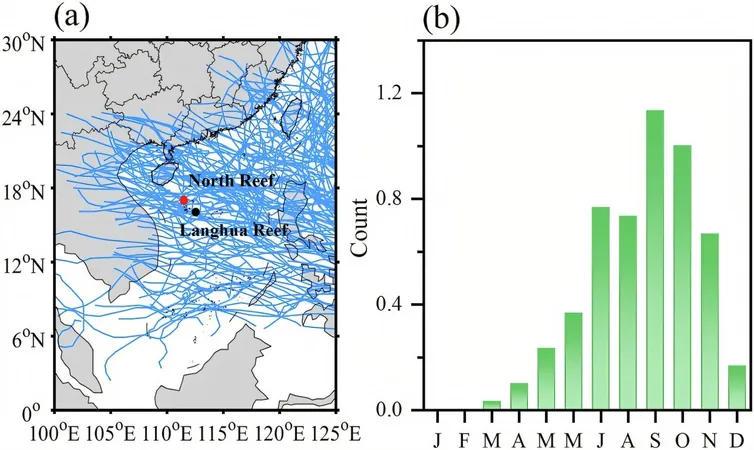
Why Finding Ozone on Other Planets Might Lead Us Astray in the Search for Life
2025-05-29
Author: Liam
When it comes to searching for extraterrestrial life, finding ozone in a planet's atmosphere may not be the indicator we once thought it was. Traditionally, ozone (O₃) has been regarded as a sign of biological activity since it is a direct byproduct of oxygen produced by photosynthetic organisms on Earth. However, recent findings from Venus illustrate that ozone can be produced through non-biological processes as well.
The Earth's Ozone Story: A Journey Through Time
Understanding the role of ozone in Earth's atmosphere requires a look back. Life likely began on our blue planet just a few hundred million years after its formation, primarily in the oceans, as the harsh UV radiation from the Sun made land inhospitable for early organisms. However, around 3 billion years ago, the emergence of photosynthetic organisms changed everything.
These organisms began releasing excess oxygen, which initially reacted with elements in the Earth's crust, ultimately leading to the formation of the minerals we mine today. This oxygen accumulation set the stage for the Great Oxygenation Event about 2.5 billion years ago, which ushered in significant changes, including the formation of the ozone layer. This protective layer allowed life to venture onto land.
Venus: A Cosmic Enigma
With Earth's history in mind, the presence of ozone in Venus' atmosphere captured the attention of scientists. The European Space Agency's Venus Express spacecraft, which operated until 2014, detected ozone in the planet's mesosphere, a region characterized by dynamic photochemical processes and complex wind patterns.
Despite these findings, neither earlier studies nor recent analyses have definitively linked the ozone on Venus to biological activity. Scientists had hoped that, alongside water vapor and oxygen, ozone could help differentiate between Earth-like and Venus-like exoplanets, both inhabiting the Sun's habitable zone.
New Research Challenges traditional Views
New research published in the Monthly Notices of the Royal Astronomical Society casts doubt on the reliability of ozone as a biosignature. The study, led by Robb Calder from the University of Cambridge, reveals critical insights into the confusion surrounding ozone detection in planetary atmospheres.
The authors argue that while ozone serves as a potential indicator of biological processes, its detection in Venus' atmosphere makes the case for false positives in similar exoplanets. Their research employed a photochemical model to investigate how ozone is produced and revealed a surprising finding: the levels of ozone detected in Venus' atmosphere cannot simply be explained by known chemical reactions.
The Implications for Astrobiology
The ozone detected on Venus is found in trace amounts, primarily on the planet's nightside, but existing models suggest that the expected amounts of ozone cannot be generated through currently understood pathways. This raises the possibility that there exists an unknown chemical reaction capable of producing ozone, making its presence unreliable as evidence of life.
Until the origins of Venusian ozone are fully understood, we must tread carefully in using ozone as a life indicator for Venus-like exoplanets. The implications are staggering: the detection of ozone could lead us to mistakenly identify uninhabited worlds as potentially life-supporting—a significant hurdle in the quest to discover life beyond Earth.









 Brasil (PT)
Brasil (PT)
 Canada (EN)
Canada (EN)
 Chile (ES)
Chile (ES)
 Česko (CS)
Česko (CS)
 대한민국 (KO)
대한민국 (KO)
 España (ES)
España (ES)
 France (FR)
France (FR)
 Hong Kong (EN)
Hong Kong (EN)
 Italia (IT)
Italia (IT)
 日本 (JA)
日本 (JA)
 Magyarország (HU)
Magyarország (HU)
 Norge (NO)
Norge (NO)
 Polska (PL)
Polska (PL)
 Schweiz (DE)
Schweiz (DE)
 Singapore (EN)
Singapore (EN)
 Sverige (SV)
Sverige (SV)
 Suomi (FI)
Suomi (FI)
 Türkiye (TR)
Türkiye (TR)
 الإمارات العربية المتحدة (AR)
الإمارات العربية المتحدة (AR)